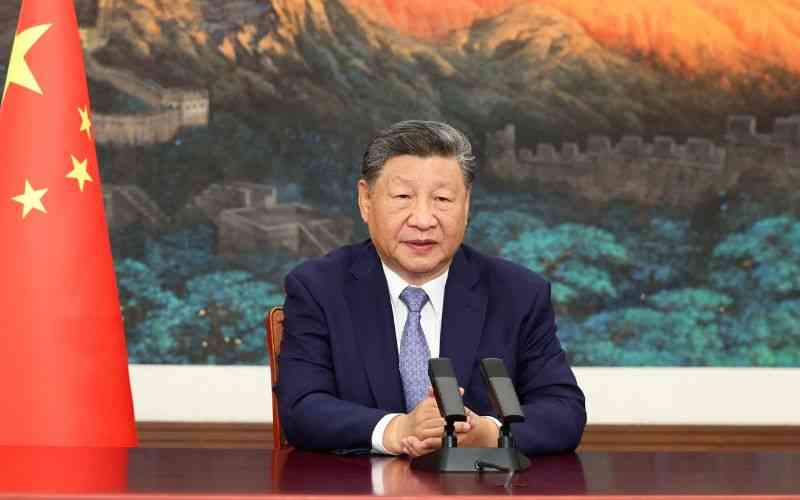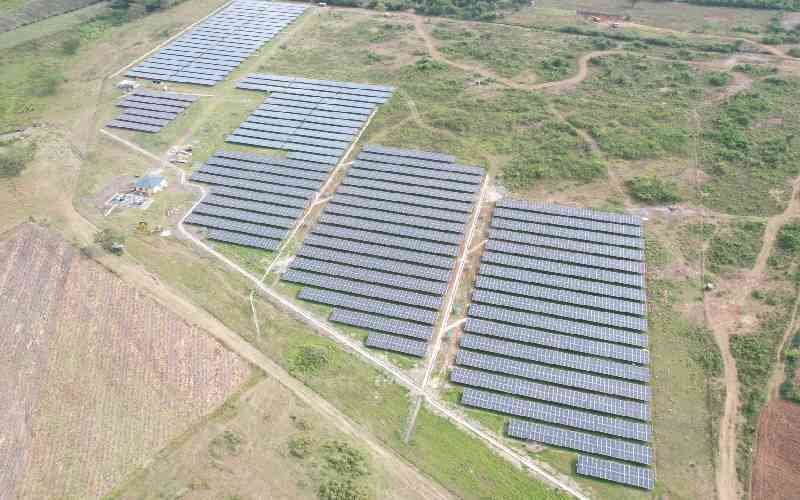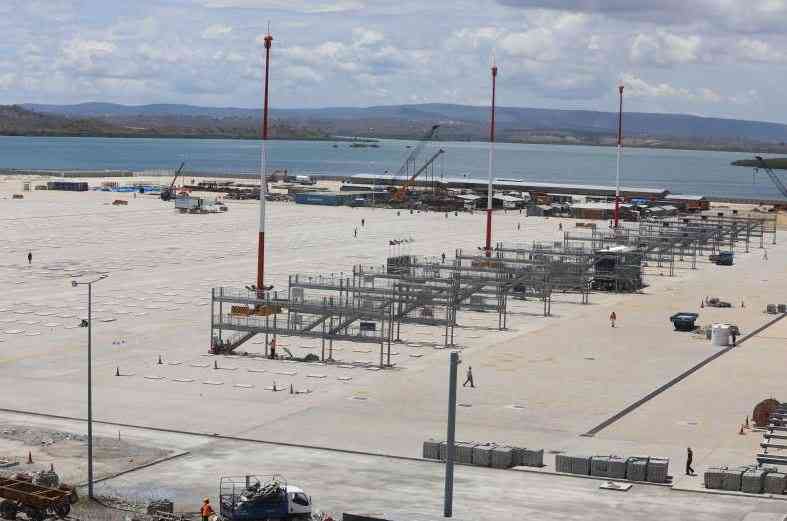
China has for the first time made specific emission cut pledges, though its goal of reducing planet-warming greenhouse gases just 7-10 percent by 2035 is seen as far too modest.
But Beijing has often "under-promised and over-delivered", analysts say, and its pledge offers a path towards more ambitious efforts to tackle climate change.
Here's what to know:
China is the world's second-biggest economy and the largest polluter. It accounts for nearly 30 percent of global emissions.
It is also a clean energy powerhouse, and sells most of the world's solar panels, batteries and electric cars.
China's trajectory determines whether the world will limit end-of-century warming to 1.5C and avoid the most catastrophic impacts of climate disruption.
Under the Paris Agreement, countries must update their "Nationally Determined Contributions" every five years. Many are racing to do so before the COP climate summit in Brazil this November.
Beijing pledged in 2021 to peak carbon dioxide emissions before 2030 and reach carbon neutrality by 2060. But it gave no near-term numerical targets for reducing emissions.
The geopolitical context has raised the stakes: the United States has again quit the Paris accord under President Donald Trump, who dismisses climate change as a "con job," while a fractious European Union has yet to set new targets.
Under the new plan, China pledges to:
Observers almost universally say the targets are too modest -- but that China is likely to surpass them thanks to its booming clean technology sector.
"China has often under-promised and over-delivered," said Andreas Sieber, associate director of policy and campaigns at advocacy group 350.org.
The new target is "underwhelming," but "it anchors the world's largest emitter on a path where clean-tech defines economic leadership," he added.
Others echoed that sentiment.
"What's hopeful is that the actual decarbonization of China's economy is likely to exceed its target on paper," said Yao Zhe of Greenpeace East Asia.
Stay informed. Subscribe to our newsletter
China is installing renewable energy at a record pace that far outstrips the rest of the world, and it dominates the production chain of many clean-tech sectors.
But it has also continued to install coal capacity, and its decision to use an unspecified "peak" rather than set a baseline year for emissions cuts raised concerns.
That keeps "the door open to near-term increases in emissions," warned Lauri Myllyvirta, lead analyst at the Centre for Research on Energy and Clear Air.
The pledges serve as "a floor, not a ceiling, for China's ambition," he added.
Still, many observers believe China's economy is now committed to the energy transition and the pledges will cement that.
"The good news is that in a world increasingly driven by self-interest, China is in a stronger position than most to drive climate action forward," said Li Shuo of the Asia Society.







